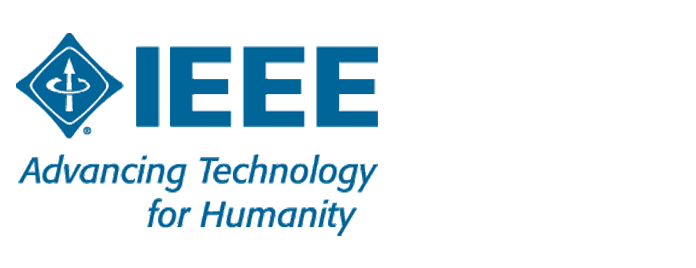Standard for the Procurement of Artificial Intelligence and Automated Decision Systems
This standard establishes a uniform set of definitions and a process model for the procurement of Artificial Intelligence (AI) and Automated Decision Systems (ADS) by which government entities can address socio-technical and responsible innovation considerations to serve the public interest. The process requirements include a framing of procurement from an IEEE Ethically Aligned Design (EAD) foundation and a participatory approach that redefines traditional stages of procurement as: problem definition, planning, solicitation, critical evaluation of technology solutions (e.g. Impact assessments), and contract execution. The scope of the standard not only addresses the procurement of AI in general, but also government in-house development and hybrid public-private development of AI and ADS as an extension of internal government procurement practices.

IEEE P3119
https://standards.ieee.org/ieee/3119/10729/

